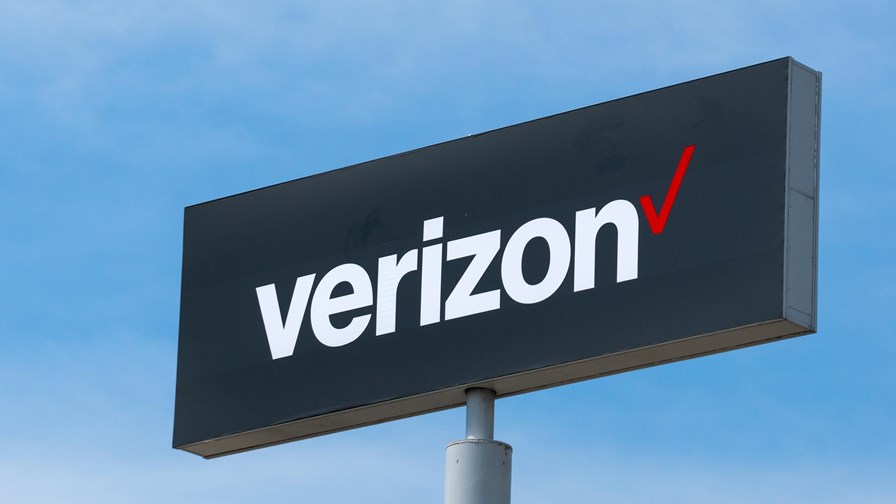
Via IBC - Ken Wolter / Shutterstock
- On paper they look like promising companions
- Following a trial in September Verizon says it views Indoor 5G cell sites as a vital step for extending its wideband 5G network footprint
- It’s inked a 10 building deal with WeWork and is pushing the indoor 5G cells out to enterprise customers
Verizon and Corning are claiming a first for indoor 5G in the US with the announcement that their trial of Corning’s indoor 5G cells in September has been successful. As a result, a deal has been inked with WeWork to fit out 10 of its US locations with the technology and Verizon is confident that many more such deals involving indoor 5G cells will be signed off.
On the face of it, what we’ll all require to cope with the next ‘Work from home’ pandemic is a highly secure and high speed wireless and mobile technology, available on a wide range of user devices (laptops, tablets and watches as well as smartphones), completely embedded in the organisation we serve and able to securely access all its cloud apps and services seamlessly from wherever it’s been taken. In fact, location must be completely transparent - work is where your device is and your customers and work colleagues must all be accessible on a screen or meeting app, using this technology.
Except the next ime, not one that involuntarily mutes participants and demands the first 5 minutes of every meeting getting them ‘unmuted’ again.
Hopefully by the time of the next full-scale pandemic, most of us will have mobile technology that box-ticks all those requirements, including the meeting tech. It also makes a lot of sense that it will be operating across high speed, mmWave 5G - whether as a carrier network extension or as a private network.. Or both
Corning says it provides Verizon’s 5G mmWave service inside facilities such as hospitals, manufacturing facilities, warehouses, schools, ports, commercial office space, retail stores and any indoor environment where large amounts of data traffic must be managed and optimized. It says the launch of these indoor cell sites will not only extend the footprint of Verizon’s 5G Ultra Wideband but will also bring the promise of private networks teamed up with Mobile Edge Compute (MEC) capabilities one step closer.
Edge and private 5G working together promise to eliminate the need for data to cross multiple routers or navigate large geographies. It will also eliminate the need to share core resources with the macro network and offer the flexibility to develop specific capabilities customized to the private network owner, it maintains.
Email Newsletters
Sign up to receive TelecomTV's top news and videos, plus exclusive subscriber-only content direct to your inbox.




